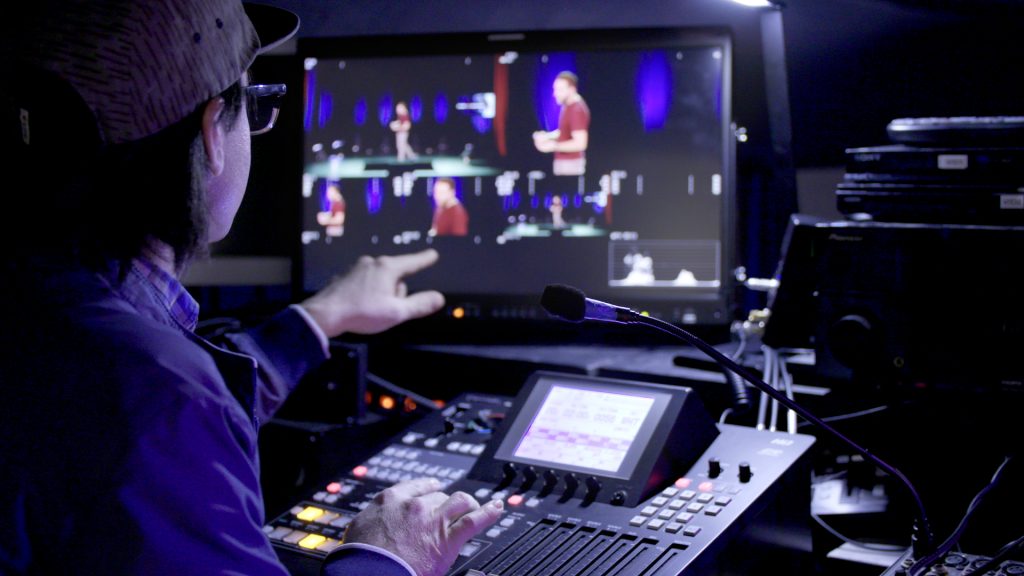In recent times, digital VR has emerged as powerful instrument for boosting viewer engagement in live productions. This innovation enables audiences to submerge themselves in a three-dimensional environment, creating a distinct encounter that conventional formats cannot replicate. By using VR, producers can transport viewers into the core of the performance, causing them sense as if they are integral of the show. This groundbreaking method not just enchants viewers but also opens up new possibilities for storytelling and interaction.
One of the key advantages of employing VR in real-time performances is the capability to forge a greater interactive encounter. Viewers can interact with the show in the moment, shaping the result or discovering different viewpoints. For instance, in a theater production, viewers wearing VR headsets can choose to follow specific characters or segments, enabling them to customize their encounter. This degree of engagement fosters a deeper bond between the audience and the performance, making it more memorable and impactful.
Moreover, VR technology can enhance the visual and auditory elements of a live production. With high-quality graphics and sound design, producers can build breathtaking settings that attract audiences in. This engaging characteristic can raise the overall experience, making it more engaging and enjoyable. For instance, a concert can be transformed into a multi-sensory experience, where fans feel as if they are on stage with the artists. Such improvements not just draw bigger viewers but also promote return attendance, as viewers look to re-experience the thrill.

In addition enhancing viewer engagement, VR can also provide insightful data click over here for producers. Through analyzing how viewers engage with the digital setting, creators can gather data on viewer likes and actions. This information can inform future productions, helping to tailor material to better satisfy the needs and wants of the viewers. As a result, VR not just enhances the present experience but also contributes to the development of real-time performances as a whole.
As the technology continues to advance, the potential for VR in real-time performances is immense. Ranging from stage shows and musical events to athletic competitions and celebrations, the opportunities are limitless. Through adopting this innovative approach, producers can revolutionize the way audiences experience real-time performances. As an increasing number of producers explore the integration of VR, it is likely that we will see a change in how shows are crafted and presented, ultimately leading to a more immersive and participatory prospect for live productions.
Comments on “Transforming Spectator Engagement Via Immersive Virtual Reality Encounters in Live Performances”